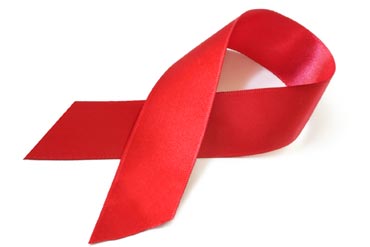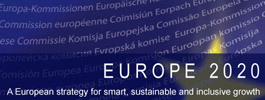by Anna Marzec-Bogusławska M.D., M.P.H., Director of The National AIDS Center, Poland

What was in the 1980s a death sentence is today – in many cases – a manageable chronic disease. The HIV/AIDS situation has dramatically changed, thanks to political commitment and evidence-based activities and actions, including public awareness campaigns, needle exchange programmes, continued research and improved, comprehensive care.
Let me highlight that much of the progress made over the past ten years can be credited to the strategies outlined in the Dublin Declaration and to the commitment of the countries which signed it. Following the 2004 Dublin and Vilnius Declarations, the European Commission developed a policy framework to address HIV/AIDS in the EU and neighbouring countries and subsequently published two Communications and three operational Action Plans (2006-2009, and 2009-2013).
Despite this considerable progress the disease continues to cause much suffering to people in Europe and around the world. Although treatment is available, there is not cure and HIV/AIDS remains a serious health and social threat.
Contrary to the global trend, the number of newly reported HIV cases in the wider European region is still increasing, particularly among men who have sex with other men (MSM), who accounted for 42% of the new cases diagnosed in 2013. Furthermore, in the European Union (EU) and European Economic Area (EEA), 47% of people living with HIV/AIDS are diagnosed late. This means many people are not aware of their infection, which reflects low testing rates often caused by fear of stigma and discrimination.
We cannot afford to let our guard down. We may have won a few battles, but not the war - the fight against AIDS is far from over.
That is why the Commission has prolonged the HIV/AIDS Action Plan until 2016 to provide continuity in EU Action, but we must each do our part. We must reach the people hardest to reach and at greatest risk – MSM, migrants, people who inject drugs. And we must let others know that they are not immune: 30% of HIV/AIDS infections occur among the heterosexual population, for example.
If we want our children and adolescents to grow up as an AIDS-free generation, we need to roll up our sleeves and keep on working. The ultimate goal, of eradicating this devastating disease, can only be reached if HIV/AIDS remains a high priority for political agendas and surveillance is made a serious issue throughout Europe.







